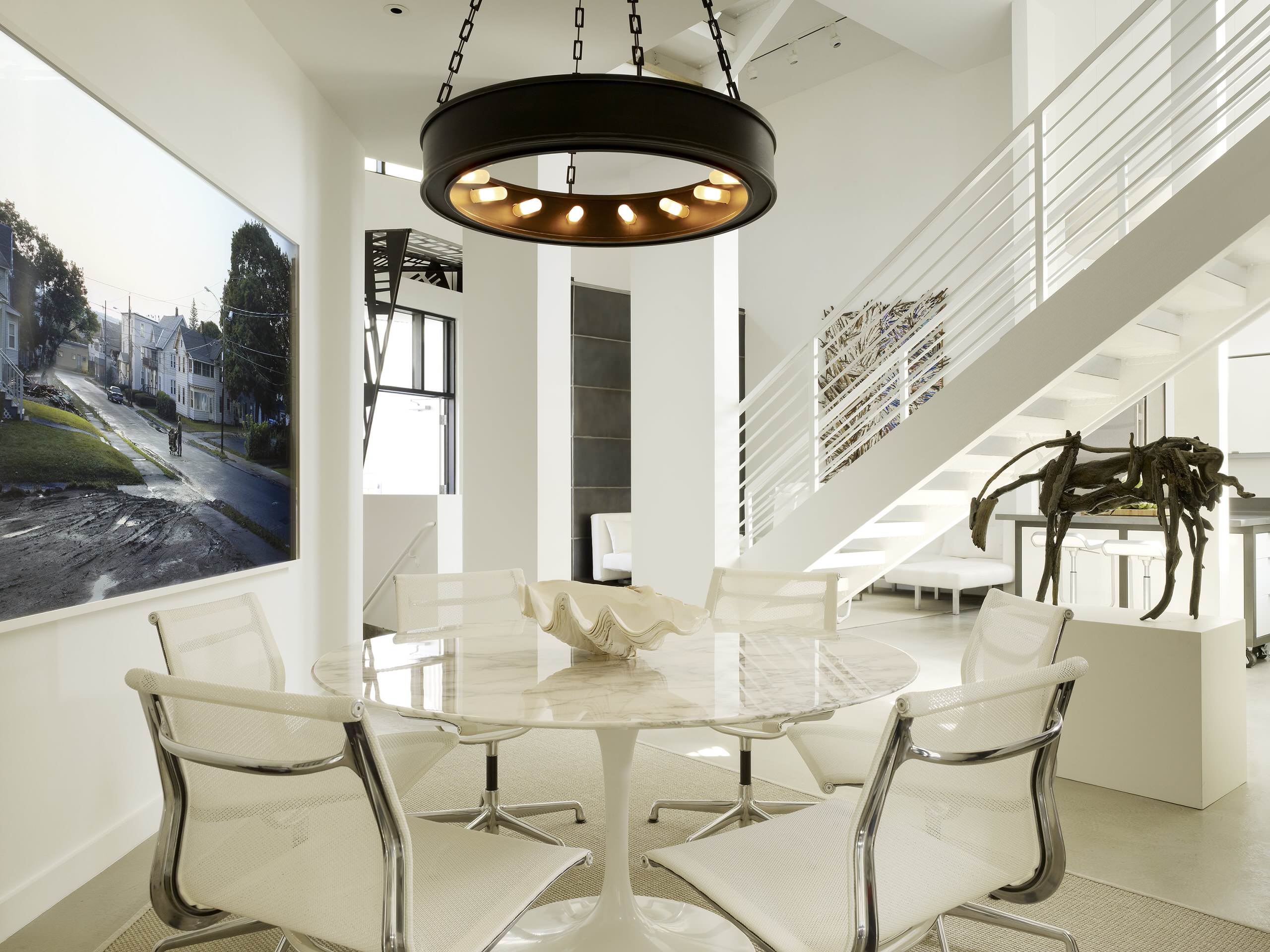What is Radial Balance in Interior Design?
Radial balance is a design principle that radiates from a central point, creating a sense of harmony and unity within a space. This technique draws the eye outward, allowing various elements to connect and flow with one another naturally. It’s particularly effective in larger spaces, where creating focal points can be challenging.
The Importance of Radial Balance in Interior Design
Understanding how to use radial balance can significantly enhance the aesthetic appeal and functionality of your interiors. Here’s why it matters:
- Creates a sense of calm and order.
- Encourages movement and flow throughout the space.
- Highlights certain areas or features, directing attention where desired.
- Can make large spaces feel more inviting.
How to Achieve Radial Balance
Achieving radial balance involves strategic planning and an understanding of both aesthetics and functionality. Here are steps to create that harmonious flow in your next interior design project.
1. Identify the Central Point
Every radial design starts with a focal point or central element. This could be a chandelier, a piece of artwork, or a fireplace. Once identified, other elements can be arranged around it.
2. Use Symmetry Wisely
While radial balance often relies on symmetry, it doesn’t mean everything must be identical. Instead, aim for balance in the weight of visual elements. For instance, a large sofa on one side can be balanced with a large plant or artwork on the opposite side.

3. Incorporate Lines and Shapes
Utilize lines and geometric shapes to guide the eye from the center outwards. Circular rugs can help reinforce the radial structure, as can round furniture pieces.
4. Layer Textures and Colors
Layering different textures and colors around the central point can enhance the feeling of depth and interest. Consider a variety of materials, such as wood, metal, and fabric, each bringing its own unique contribution to the space.

Examples of Radial Balance in Interior Design
To better illustrate radial balance, let’s explore a few examples that have effectively embraced this concept:
1. Living Rooms
In many living rooms, a circular coffee table can serve as a central point, with seating arranged around it. This promotes conversation and comfort.
2. Dining Areas
A round dining table surrounded by chairs is a classic example of radial balance, allowing diners to engage easily with one another while centering the space.

3. Gardens and Outdoor Spaces
In landscape design, radial balance can be seen in circular flower beds or stone paths extending from a central point, inviting exploration.
Pros and Cons of Radial Balance in Interior Design
| Pros | Cons |
|---|---|
| Creates a strong focal point. | Can be challenging to execute in smaller spaces. |
| Encourages flow and movement. | May feel overly structured if not balanced with organic elements. |
| Suitable for various design styles. | Risk of monotony if not varied. |

Tips for Implementing Radial Balance
1. Start Small
If you’re new to radial balance, start with small elements—like a round side table or decorative accessories—to gradually incorporate the technique into your design.
2. Seek Inspiration
Look for images and examples of radial balance in magazines, online platforms, and showrooms. This can provide you a clearer vision of what radial balance might look like in your own space.

3. Experiment with Scale
Play with different sizes of furniture and decor to achieve the right balance. Sometimes, a single large element can make a significant impact.
4. Collaborate with Professionals
If you feel overwhelmed, consider hiring an interior designer who specializes in creating balanced spaces. They can help bring your vision to life while ensuring harmony.

Personal Experience: Creating My Own Radial Balance
When I first moved into my apartment, I struggled with the layout of my living room. It felt cluttered, disjointed, and uninviting. After researching radial balance, I decided to rearrange my furniture around a beautiful round coffee table I had inherited.
By centering the coffee table and placing my couch and chairs around it, the room suddenly felt cohesive. I added a few decorative elements—like a circular rug and some plants—around the edges, and voilà! My space transformed into a warm and inviting oasis that encouraged conversation and relaxation.
Frequently Asked Questions about Radial Balance in Interior Design
What is the difference between radial balance and symmetrical balance?
Radial balance focuses on elements radiating from a central point, while symmetrical balance involves mirroring elements on either side of a central line, creating a more traditional design approach.
Can radial balance be applied in small spaces?
Yes! While radial balance often shines in larger areas, it can also be effectively utilized in smaller spaces by incorporating smaller circular elements or focusing on a central feature.
What styles complement radial balance?
Radial balance can harmonize beautifully with various styles such as contemporary, eclectic, and traditional. It’s versatile enough to adapt to any design theme.
How do I maintain balance in a room with radial elements?
To maintain balance, ensure that weight is distributed evenly throughout the space—this includes visual weight from colors, patterns, and textures, as well as physical placement of furniture and accessories.